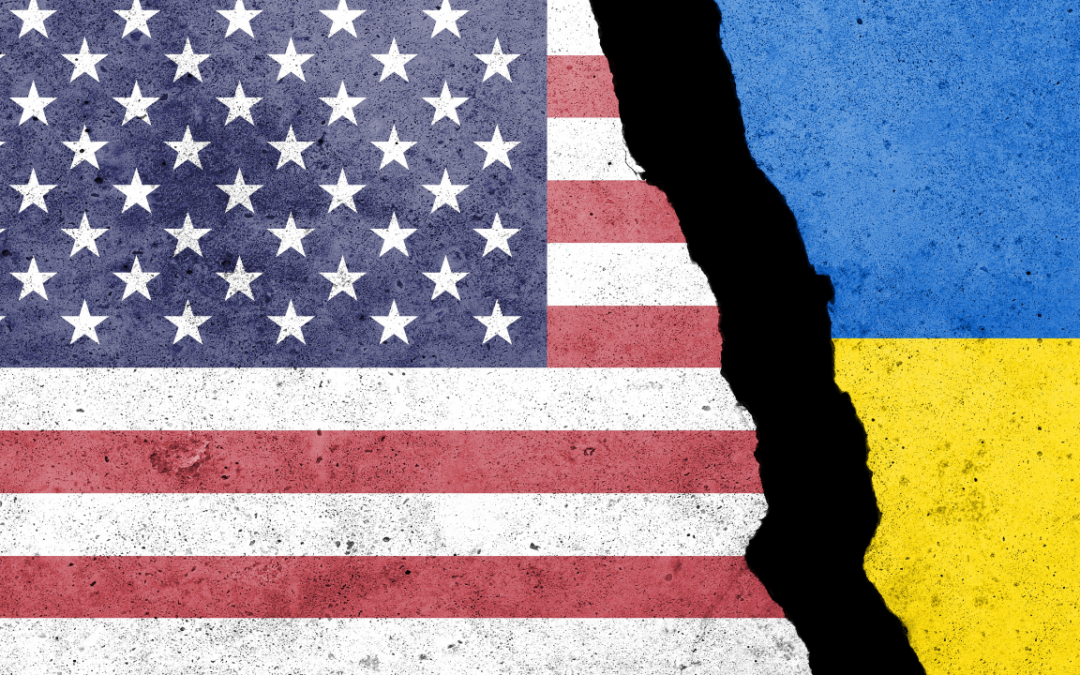Originally published at Project-Syndicate | Apr 1st, 2024
To explain why forecasters at the US Federal Reserve and other major institutions missed the mark on inflation in recent years, it is tempting to conclude that they were blindsided by unpredictably large shocks. But if the prevailing models work only when variables are relatively stable, they are of little use.
NEW YORK – Last year, following the Great Inflation of 2021-22, central banks, leading academics, and international institutions issued a smattering of post-mortems. Yet even before the ink was dry on their analyses, inflation forecasts were being revised down almost as fast as they had been revised up during the two preceding years.
For example, in June 2023, the US Federal Reserve’s median projection for core year-on-year personal-consumption-expenditures inflation (excluding food and energy prices) in the fourth quarter was 3.9%, with the Federal Open Market Committee’s projections ranging from 3.6% to 4.5%. In the event, it was 3.2%.
Before addressing what forecasters are missing, two clarifications are in order. First, central banks’ inflation forecasts are no worse, and may be somewhat better, than private-sector forecasts, on average – which is what one would expect, given that they tend to have better access to data and more expertise. Second, inflation forecasts have not obviously gotten worse. Yes, the International Monetary Fund, among others, has noted that inflation forecast errors were 2.5 and five times larger for 2021 and 2022, respectively, than the average for 2010-19. But the levels of annual inflation in 2021 and 2022 were 1.3 and 2.5 times larger than the 2010-19 average, and the changes in annual inflation rates were 2.6 and 7.1 times larger.
The benign interpretation is that the shocks got bigger, not that inflation forecasting became less competent. But an obvious rejoinder is that forecasts don’t particularly matter when the variable being forecast doesn’t change much. We still need to know why forecasts continue to miss the mark.
Two factors are now well-documented. First, forecasts underestimated the demand impact of massive monetary and fiscal easing, alongside high spending multipliers associated with significant pandemic-related transfers to households. Second, major demand stimulus hit just as supply chains were under major, unexpected strain, owing first to the pandemic and then to Russia’s invasion of Ukraine. Shocks are by definition difficult to predict, and they were particularly large in 2020-22.
But the forecasts also had a more fundamental flaw: they lacked realistic representations of price and wage setting. Large shocks differ from small shocks in that they change key features of the transmission mechanism. For example, firms tend to change prices more frequently when faced with large shocks. According to the Fed, during the second half of 2021 and again during the second half of 2022, firms updated prices twice as often as they did before the pandemic.
Large shocks may well have been the reason. But firms also find it more straightforward to raise prices when others are already doing so, and the combined pandemic and energy shocks probably were an effective coordination device for price increases.
Wage setting is different from price setting. According to a 2009 European Central Bank study, firms tend to change wages about one-third less frequently than prices. Wage growth did pick up throughout 2021-22 as workers quit at record rates (a trend that closely tracked wage pressure). But the models underestimated how long it would take for tight labor markets and large price increases to feed into wage setting. Those delays prolonged the underlying inflationary impulse without necessarily magnifying it in a cumulative sense.
Importantly, many of the factors that pushed up prices were “one-off” adjustments in response to supply and demand shocks. They called for more significant relative price changes than would have been the case if there had been a shock to trend inflation driven by persistently excessive aggregate demand. This was most evident in the major energy-price shock in 2022. It was exactly that: a relative price shock that partly reversed in 2023. Similar dynamics played out in the prices of goods that were closely tied to energy prices or were immediately affected by major supply-chain strains. These, too, reversed – as we saw with car prices and container freight rates.
There is a vibrant debate about whether firms abnormally raised their profit margins in recent years. A recent Fed study finds that nonfinancial corporate profits rose to 19% over gross value-added in the second quarter of 2021, up from 13% in the fourth quarter of 2019. But once prices have risen and profit margins are high, they are less – not more –likely to rise further than before the large price adjustments. Normalizing energy prices, supply chains, and profit margins all contributed to the faster-than-expected decline in inflation in the second half of 2023.
The Great Inflation will be as transformational for central banks’ models as the 2008 financial crisis was. Back then, the models were adapted to include a more realistic mapping of financial impacts. Now, we need a more realistic treatment of price and wage setting. Specifically, three changes are in order.
Most importantly, understanding inflation requires analysis at the sectoral or sub-sectoral level, ideally in a way that also reflects supply-chain linkages. This will make forecasts even more complex, but there is no way around it. Considering disaggregated data is essential to identifying, and disentangling, the relevant changes in supply and demand and their persistence. Individual sectors sometimes significantly affect aggregate inflation, with house prices in the US being a prominent example.
Second, forecasts should account for the level (or size) of shocks to capture non-linearities, especially for profit mark-ups. And lastly, forecasts should regularly re-examine changes in circumstances and assumptions. During the Great Inflation, important changes in the US included the major boost to aggregate demand (from monetized fiscal transfers to households); the higher frequency of price adjustments, given the size of the combined supply and demand shock; and the high number of recently refinanced mortgages that locked in low rates.
Fed Chair Jerome Powell, paraphrasing Winston Churchill, recently called forecasters “a humble lot – with much to be humble about.” Though they will have learned many useful lessons from the Great Inflation of 2021-22, remaining humble may be the best way to avoid being humbled again.
Willem H. Buiter: A former chief economist at Citibank and former member of the Monetary Policy Committee of the Bank of England, is an independent economic adviser.
Ebrahim Rahbari: An independent strategist and economist, is a former chief currency strategist, global head of foreign-exchange analysis, and head of global macroeconomics at Citigroup.



